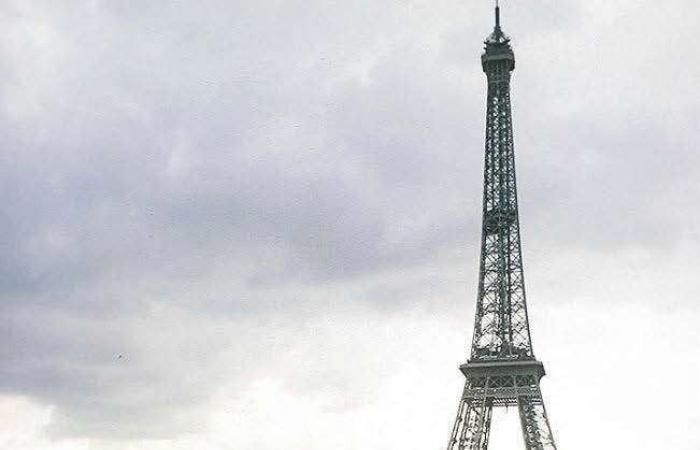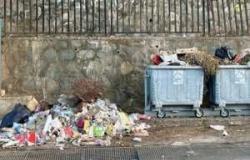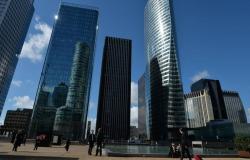
While Anne Hidalgo will not run for mayor of Paris, discover the plans of her potential successor.
After two terms at the head of Paris town hall, Anne Hidalgo has just announced that the current one will be her last. The councilor has in fact decided not to continue his career in this position, and will therefore not run again for a 3rd term. If some Parisians, and in particular motorists, are already breathing a sigh of relief, we must still not move on too quickly.
A potential replacement for Anne Hidalgo in Paris
In fact, the mayor of Paris has already named his replacement, who is expected to run for office and who could occupy the position if elected. This is Rémi Féraud, PS senator. And the least we can say is that the latter already has plenty of ideas for the capital, which he simply wants to transform into a “garden city” by tackling car traffic head-on. The first project concerns the extension of limited traffic zones (ZTL) to all Parisian districts. These zones, already tested since last November in the historic center – including République, Bastille, Hôtel de Ville and Louvre – prohibit through traffic to all motorized vehicles, including electric vehicles.
Only a few categories, such as taxis, VTC, professional vehicles and transport for disabled people, benefit from exemptions. Rémi Féraud firmly defends this model: “Crossing Paris without having a reason should no longer be possible. Each neighborhood must benefit from this new approach to traffic.” Note that the first four districts of the capital have already become a limited traffic zone since the beginning of November.
A transformation of the device
But that's not all, because a second project is also in preparation. This aims to transform the Paris ring roademblematic but saturated, into a “grand urban boulevard”. The objective is to transform it into a green belt where bicycles, scooters and public transport would share the road with heavily restricted automobile traffic. This project intends to align the metropolis with major European trends, such as in Oslo or Barcelona, where initiatives similar projects have transformed urban mobility. These proposals, although ambitious, raise concerns.
Some see this as a worsening of difficulties for motorists and a rupture between Paris and the inhabitants of neighboring municipalities. “Paris is becoming an inaccessible citadel for Ile-de-France residents,” denounce critical voices, pointing to a policy considered elitist. Indeed, with only a third of Parisian households owning a car, these measures seem to meet the needs of intramural residents more than those of suburbanites who depend on their vehicles for work or leisure.
Rémi Féraud makes no secret of the fact that such a program will take a decade to fully complete. By insisting now on these controversial measures, he seems to want to assert his vision and compensate for a still limited notoriety. This bold political gamble could appeal to voters sensitive to climate issues, while risking crystallizing opposition from some road users.





